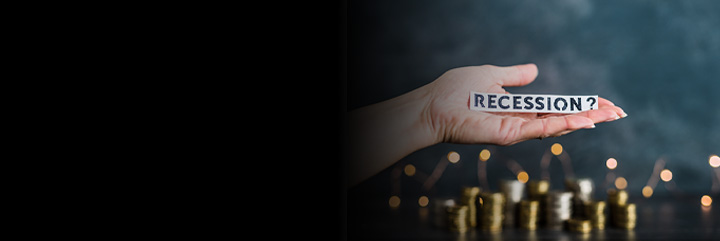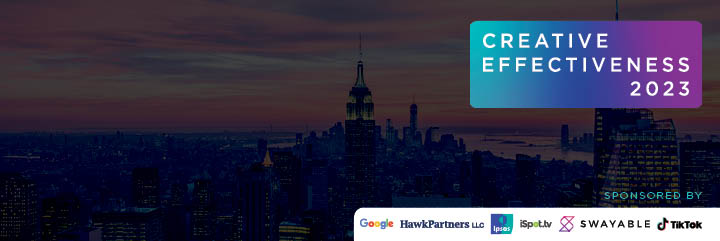- Creative & Branded Content
- Article
How Best to Advertise During a Recession
Even though the U.S. economy has some bright spots, economists warn a recession is still possible due to stubborn inflation. Advertisers want to be prepared as a result. While there is no failsafe advertising playbook to follow, as individual brands and businesses have nuanced needs and branding, there are some best practices and guidelines, which the following ARF Knowledge at Hand report gleans from some of the best research on the topic. The report covers the impact of “going dark,” the often-overlooked opportunities a recession can bring, how to maximize media spend effectiveness and how to frame appeals that are most attractive to customers during tough economic times.
Member Only Access

